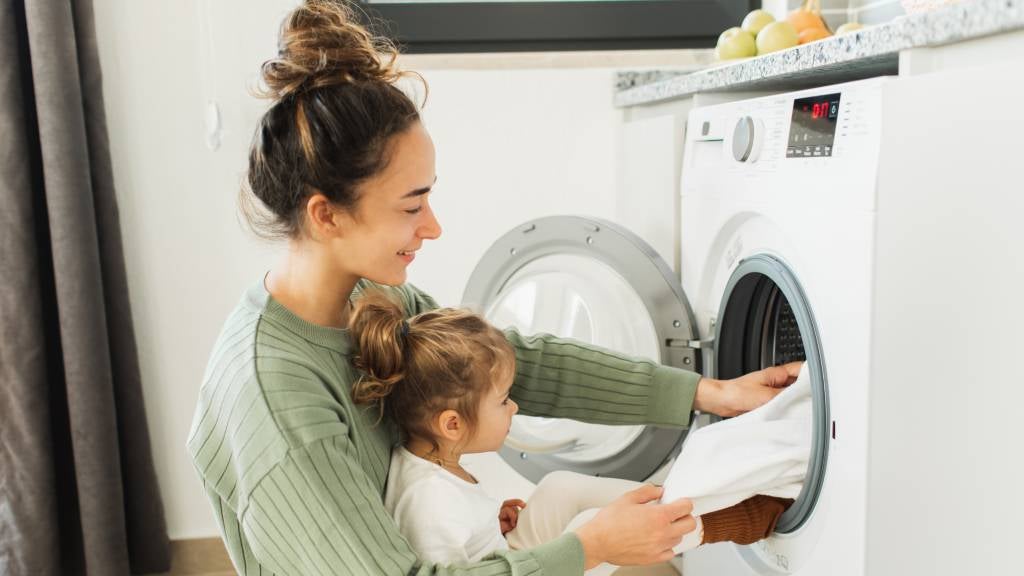With the ever-increasing cost of energy and the rising awareness of our environmental footprint, many homeowners are searching for ways to make their homes more energy-efficient. Improving your home’s energy efficiency not only helps to reduce monthly bills but also contributes to a healthier environment by cutting down on greenhouse gas emissions. There are several measures you can take to achieve a greener home, from minor adjustments to significant investments. Below, we explore actionable tips that can lead to substantial energy savings and a more sustainable lifestyle. Keep reading to discover how to enhance your home’s energy efficiency.
Upgrading to Energy-Efficient Appliances
Older appliances tend to consume more energy than their newer counterparts, which have been designed with efficiency in mind. Replacing these outdated units with Energy Star-rated appliances can lead to significant energy savings over time. While the upfront cost may be higher, the long-term savings on your energy bills can justify the investment.
When shopping for new appliances, pay close attention to the Energy Star label, which indicates that the product meets strict energy efficiency guidelines set by the U.S. Environmental Protection Agency. From refrigerators to washing machines, these products often use advanced technologies that require less energy to operate without sacrificing performance.
Consider also the size and usage patterns of your appliances. For instance, opting for a smaller dishwasher or a refrigerator that matches your needs can prevent unnecessary energy expenditure. Additionally, adopting energy-saving practices, such as running full loads in dishwashers and washers, can amplify the benefits of your energy-efficient appliances. For homeowners already focusing on sustainability upgrades, exploring options like a solar roof can complement these appliance improvements and further reduce long-term energy consumption.
Implementing Smart Thermostats and Automation Tools
Smart thermostats are revolutionizing the way we manage our home climates. These devices allow for precise control over heating and cooling, learning your schedule and preferences to maximize comfort while minimizing energy use. With user-friendly interfaces and remote access through mobile apps, adjusting your home’s temperature has never been easier.
Automation tools extend beyond just thermostats. Smart lighting systems, for instance, can be programmed to turn off when rooms are unoccupied, and smart power strips can cut power to appliances when they’re not in use. Integrating these smart tools can lead to substantial energy savings and a reduction in your home’s carbon footprint.
The benefits of smart technology aren’t limited to convenience and efficiency. Many utility companies offer discounts or incentives for installing smart thermostats and other home automation devices, recognizing their potential to reduce peak demand and increase overall grid stability. Check with your local provider to see what benefits you may be eligible for.
Enhancing Insulation for Temperature Regulation
Proper insulation plays a central role in maintaining a comfortable home environment and ensuring your heating and cooling systems work efficiently. Insulation helps to keep warm air inside during the winter and hot air outside during the summer, reducing the need for constant heating and cooling.
Different types of insulation are suitable for various areas of the home, such as fiberglass, cellulose, or foam. The attic, walls, and floors are key areas to inspect and upgrade insulation if necessary. By creating an effective thermal barrier, you can significantly cut down on energy waste.
However, insulation alone isn’t enough. It’s essential to address air leaks around doors and windows, as these can undermine your insulating efforts. Sealing gaps with caulking or weather stripping can enhance your home’s overall energy efficiency. This is where integrating a professional service, such as window and door installation, can be particularly beneficial.
Investing in Renewable Energy Solutions
Renewable energy solutions, such as solar roofing, have become increasingly accessible for homeowners looking to reduce their reliance on fossil fuels and decrease their utility bills. Solar panels can be installed on your roof or property to harness the power of the sun, converting it into electricity for your home.
While the initial cost of solar panel installation can be substantial, the potential savings in energy costs and the increase in property value may offset the expense over time. Additionally, many governments offer tax credits, rebates, and other incentives for solar energy adoption, which can further reduce the financial burden.
Beyond solar power, other renewable energy options include wind turbines, geothermal heat pumps, and solar water heaters. Each of these technologies has its own set of requirements and benefits, so it’s essential to research which option best suits your home’s location and your personal energy needs.
Overall, making your home more energy-efficient is a multifaceted endeavor that requires a combination of smart technology, upgraded appliances, improved insulation, and a commitment to using renewable energy sources. By following the tips covered in this article, you can enjoy cost savings, enhance comfort, and play a vital role in protecting the environment for future generations.






